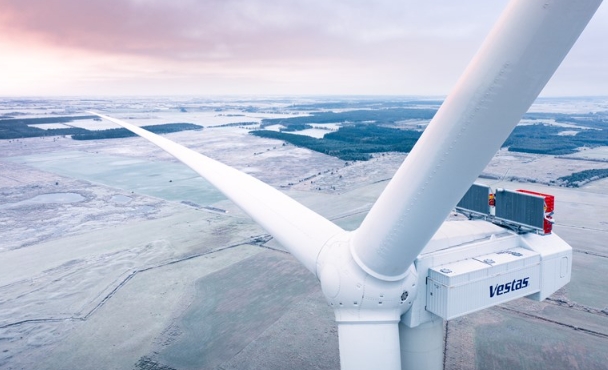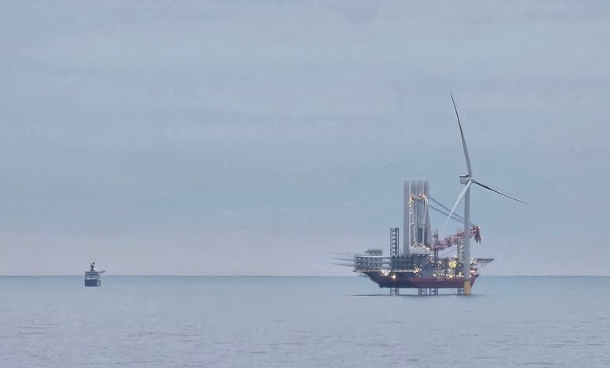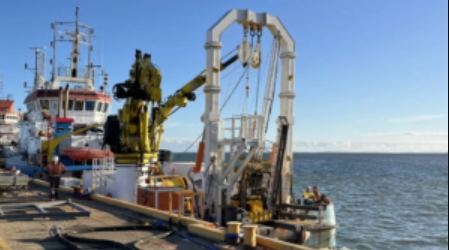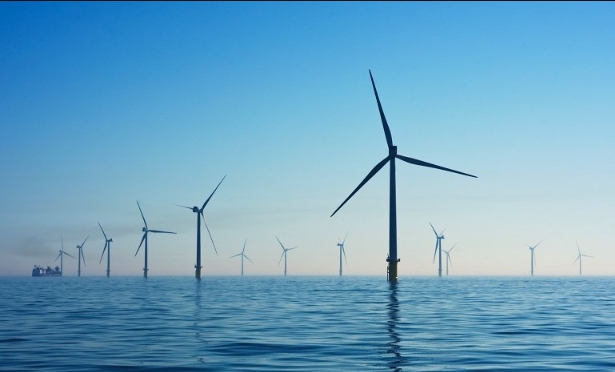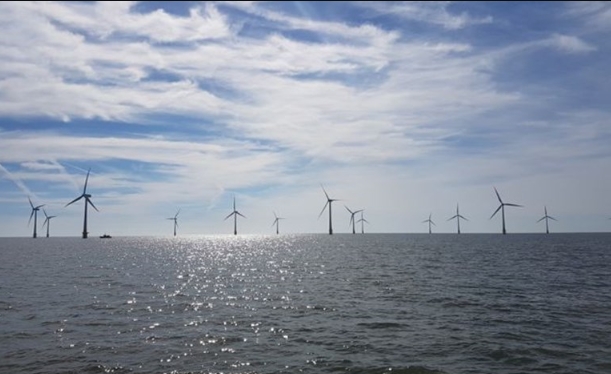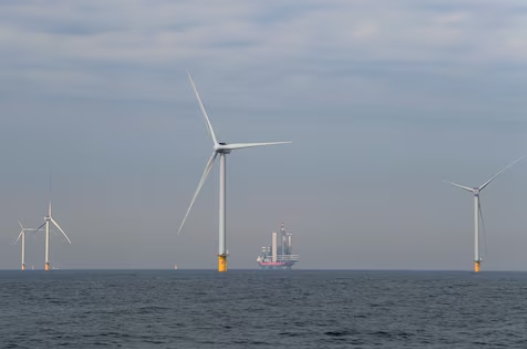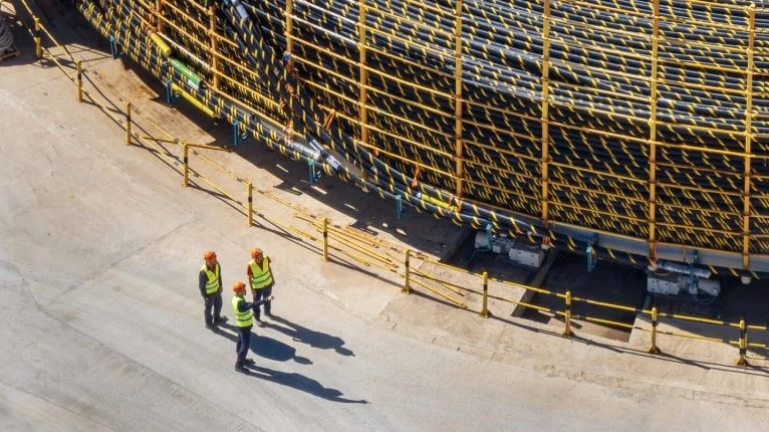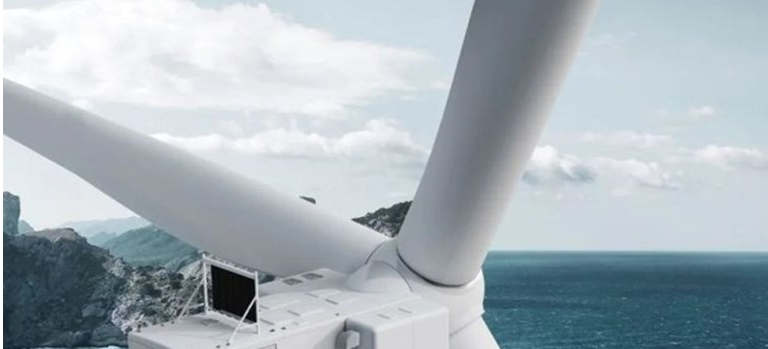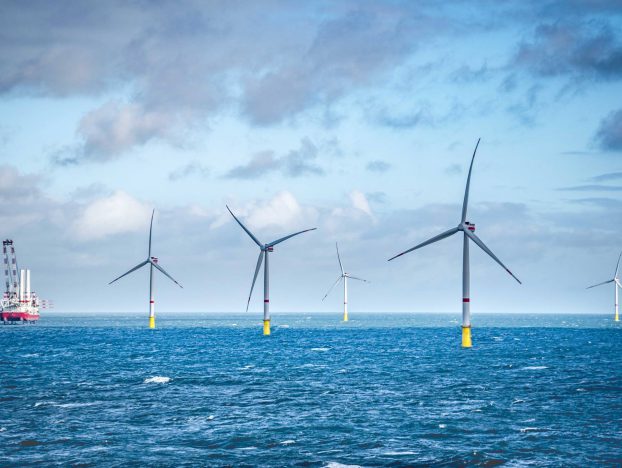
Vineyard Wind has adjusted the final turbine array for its 800MW offshore wind project in Massachusetts, U.S., by changing the location of three MHI Vestas 9.5MW units.
According to Vineyard Wind, the design change eliminates three turbines located near Chappaquiddick and the Nantucket Historic District to create additional distance between turbines and important commercial fishing areas.
The redesign is said to help facilitate transiting fishing vessels that travel around Noman’s Island before heading to fishing grounds situated to the southeast of the project.
Vineyard Wind said it had also agreed to reduce the visibility of turbines during daylight by using white-grey paint, thus limiting possible visual impacts on Martha’s Vineyard.
“By changing these turbine locations, we further address issues that have arisen through ongoing consultation with local communities and stakeholders, so we’re very pleased to provide this additional improvement to the array design,” said Erich Stephens, Chief Development Officer for Vineyard Wind.
“Our on-going community outreach and discussions with stakeholders, which is intended to proactively address concerns throughout the project’s design and BOEM’s federal approval process, continues to benefit the project in meaningful ways.”
The change is possible due to the 2017 federal permit application which allowed the selection of more turbine locations than needed for the final project, as well as improvements to the overall project design throughout the permitting process.
Changes made in response to public input include a 20% reduction in the overall project footprint after negotiations with Rhode Island’s commercial fishing sector and measures to protect the endangered North Atlantic right whale, which are part of an agreement with environmental organizations, Vineyard Wind said.
Vineyard Wind will feature MHI Vestas 9.5MW turbines located some 14 miles south of Martha’s Vineyard on a lease area covering circa 160,000ha.
The 800MW offshore wind farm is expected to enter the construction phase this year and to be operational by 2022.
